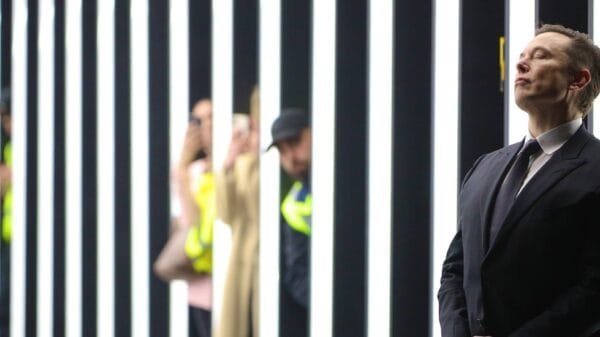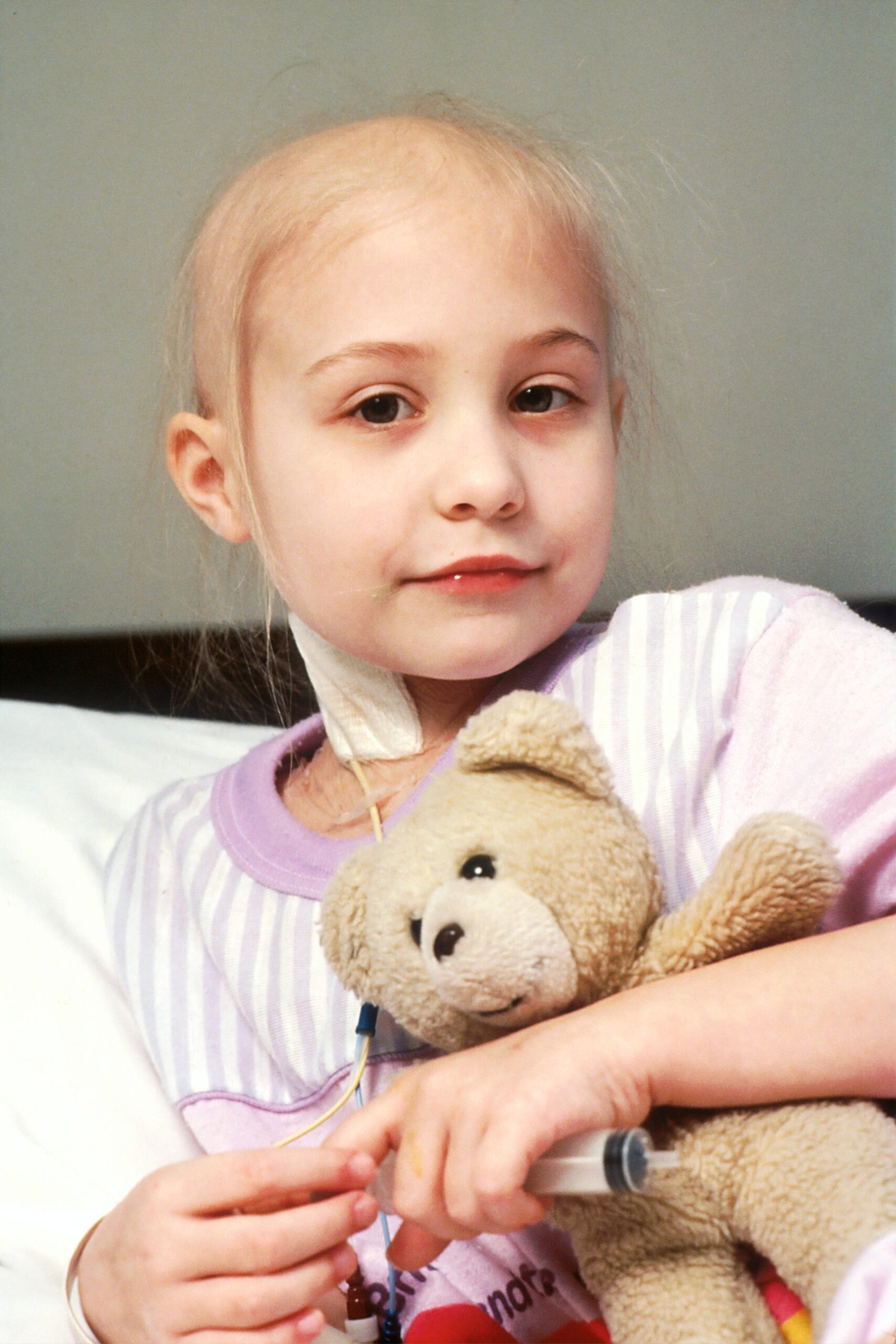Introduction
The tragic incident involving a Tesla Model S in ‘Full Self-Driving’ (FSD) mode has once again cast a spotlight on the evolving landscape of autonomous vehicle technology. On a quiet evening in Seattle, a 28-year-old motorcyclist lost his life following a collision with a Tesla operating under FSD. This incident marks a significant moment in the journey toward fully autonomous vehicles as it is the second fatality linked to Tesla’s controversial FSD technology.
Eyewitness accounts and preliminary police reports suggest that the Tesla Model S failed to effectively detect and respond to the motorcyclist’s presence on the road. The victim, identified as a local resident with a passion for motorcycling, was pronounced dead at the scene, leaving behind grieving family and friends. The aftermath has triggered a fresh wave of debate over the safety parameters and readiness of self-driving technology for public roadways.
This latest fatal accident raises critical questions about the protocols and controls embedded within autonomous driving systems. Tesla’s Full Self-Driving mode, positioned as a beacon of innovation, now finds itself at the center of scrutiny. While previous events have already incited legislative and consumer attention, the recurrent incidents necessitate a deeper evaluation of current self-driving capabilities and ethical considerations.
The unfolding investigation will potentially have far-reaching implications not only for Tesla but also for the broader autonomous vehicle industry. As regulatory bodies, stakeholders, and the public grapple with the implications, the incident serves as a stark reminder of the challenges and responsibilities in developing and deploying autonomous vehicle technologies. This blog will delve into the key facets of this incident, exploring in detail the technology, regulatory environment, and the larger societal impact of such tragedies.
Incident Details
The unfortunate incident involving a Tesla car in ‘Full Self-Driving’ mode occurred in the vicinity of downtown Seattle. Specifically, the accident took place at an intersection that is well-known for its heavy traffic and complex navigation requirements, intensifying the gravity of the situation. The collision happened at approximately 3:45 PM, a peak time when the streets are typically bustling with both vehicular and pedestrian activity.
The Tesla vehicle was being operated by a 56-year-old individual, whose identity has not been disclosed. According to the event’s timeline, the driver’s attention was reportedly diverted to his cell phone just moments before the collision. This act of distraction has been pinpointed as a significant contributing factor leading to the tragic accident. Witness statements and preliminary police reports indicate that the Tesla car, set to ‘Full Self-Driving’ mode, failed to detect and appropriately react to the motorcyclist approaching from the opposite direction.
The motorcyclist, whose details are similarly being withheld out of respect for privacy, had the right of way. He was traveling at a legal speed and adhering to all traffic regulations when the vehicle struck him. Initial investigations by law enforcement suggest that the Tesla’s automated driving system did not promptly recognize the motorcyclist as an obstacle, thus failing to initiate necessary evasive maneuvers or alert the driver.
The driver of the Tesla has openly admitted to authorities that he was not paying full attention to the road, having been momentarily distracted by his cell phone. This admission has prompted further scrutiny of the role human oversight—or the lack thereof—plays in the efficacy of Tesla’s ‘Full Self-Driving’ feature. Police have since launched an in-depth analysis to determine the exact sequence of actions undertaken by both the driver and the automated system during the minutes leading up to the fatal accident.
This harrowing event raises substantial questions about the reliability and safety of autonomous vehicle technology, particularly in situations requiring sudden, complex decision-making. The investigation remains ongoing, with both local and federal authorities being involved to ensure a comprehensive examination is conducted.
Tesla’s Full Self-Driving Technology
Tesla’s ‘Full Self-Driving’ (FSD) technology is designed to offer an advanced level of driving automation. FSD encompasses a suite of sophisticated hardware and software systems, including an array of cameras, ultrasonic sensors, and powerful onboard computers. The technology aims to tackle complex driving tasks such as navigating urban streets, stopping at traffic signals, and making strategic lane changes without human intervention.
Despite its name, Full Self-Driving technology does not make a vehicle fully autonomous. Tesla markets FSD as a driver-assistance feature rather than an autonomous driving system. The company emphasizes that active driver supervision is mandatory. The system’s numerous safeguards require the driver to frequently touch the steering wheel and stay attentive to road conditions. Tesla’s website and user manuals include several disclaimers clarifying that FSD is not fully autonomous and that the driver is always responsible for the vehicle’s operation.
The intended capabilities of FSD extend to providing significant conveniences such as automated parking and navigating on autopilot from highway on-ramps to off-ramps. However, the technology is not without its limitations. There are currently unresolved challenges in distinguishing between certain objects, accurately perceiving complex environments, and dealing with unpredictably moving obstacles such as pedestrians and cyclists. These limitation areas underscore the necessity of vigilant driver involvement.
Tesla’s marketing strategies highlight the incremental advancements in FSD functionalities with periodic software updates. While Tesla represents these updates as steps toward achieving a fully self-driving experience, it reiterates, both in promotional materials and legal disclaimers, that the technology should not be relied upon to operate the vehicle independently. Consequently, users are frequently reminded of the critical requirement to remain engaged and ready to take control at any moment. These precautionary measures are central to understanding the true reach and risks associated with Tesla’s Full Self-Driving technology.
Legal and Ethical Implications
The tragic incident involving a Tesla car in ‘Full Self-Driving’ mode, which resulted in the death of a motorcyclist in Seattle, has illuminated several legal and ethical issues surrounding semi-autonomous driving technologies. Legally, the incident raises questions regarding liability. Specifically, determining whether the responsibility lies with the car manufacturer, Tesla, or the operator of the vehicle remains a critical aspect of ongoing investigations. Currently, most legal frameworks place the onus on the driver to maintain control over the vehicle, even in situations where autonomous features are engaged, thus bringing the driver’s accountability into sharp focus.
From a legal standpoint, Tesla’s marketing and labeling of its “Full Self-Driving” feature could be scrutinized. Misinterpretation of the feature’s capabilities by consumers might suggest a breach in how autonomous driving is presented to the public. Furthermore, the incident will likely prompt regulatory bodies to evaluate and potentially tighten the guidelines surrounding the deployment and usage of semi-autonomous driving technologies. This includes examining protocols for rigorous testing, robust fail-safe mechanisms, and clearer user guidelines to prevent misuse and enhance safety.
Ethically, the adoption of semi-autonomous vehicles poses significant concerns about the balance between technological advancement and human safety. While advancements in autonomous driving technologies promise to reduce accidents caused by human error, incidents like this highlight the potential dangers and ethical dilemmas involved. There is an imperative to ensure that such technologies undergo extensive testing and validation before widespread adoption. Additionally, the ethical obligation of companies to accurately communicate the capabilities and limitations of their autonomous systems is paramount, as it directly affects public trust and safety.
Potential liabilities in accidents involving semi-autonomous vehicles extend beyond individual drivers to manufacturers, software developers, and regulators. This incident will likely serve as a pivotal case for developing comprehensive regulations and fostering collaborative efforts among stakeholders to safeguard the integration of autonomous technologies into everyday life. The ethical imperative to prioritize human life and safety must guide future advancements and policymaking in the realm of semi-autonomous driving technologies.
Public and Industry Reactions
The tragic accident involving a Tesla car in ‘Full Self-Driving’ (FSD) mode that resulted in the death of a motorcyclist in Seattle has elicited strong reactions from both the public and industry stakeholders. Tesla immediately issued a statement expressing condolences to the family of the victim and emphasizing their commitment to improving the safety of their FSD technology. The company noted that a thorough investigation is underway in collaboration with local authorities and independent safety organizations.
Tech and automotive industry experts have voiced concerns regarding the current capabilities of autonomous driving systems. Some specialists argue that while Tesla’s FSD technology presents promising advancements, it still requires significant refinements to handle complex real-world situations effectively. These experts emphasize the importance of continuous testing and regulatory oversight to ensure public safety.
Public opinion has been markedly divided. Advocates of autonomous vehicle (AV) technology stress that such incidents, although deeply unfortunate, are part of the broader learning curve necessary for achieving fully autonomous transportation. They point to the potential long-term benefits of reducing human error on the roads. Conversely, critics argue that Tesla’s FSD mode, despite its name, is not truly autonomous and should not be marketed as such. They call for more rigorous validation processes and clearer communication about the technology’s limitations.
Media coverage has intensified, drawing parallels with past incidents involving Tesla’s FSD technology. For instance, the fatal crash in Mountain View, California, in 2018 and the accident in Florida in 2016 have both been referenced to highlight ongoing safety concerns. Each incident has catalyzed discussions about the readiness of autonomous vehicles for public deployment and the ethical implications of their use.
In summary, the recent incident has sparked a profound dialogue on the future of autonomous driving and the responsibilities of manufacturers. Both the public and industry experts agree that while autonomous technologies harbor transformative potential, ensuring their safety and reliability remains paramount.
Previous Incidents and Safety Record
Since the introduction of Tesla’s Full Self-Driving (FSD) technology, its revolutionary attempt to transform local and long-distance travel has not been without controversy. Several incidents involving Tesla vehicles operating under FSD mode have raised significant concerns about the safety and reliability of this technology. One of the more notable incidents occurred in 2018, when a Tesla Model X, running on Autopilot, collided with a barrier in California, resulting in the unfortunate death of its driver. Investigations revealed that the software had failed to detect the concrete divider, ultimately leading to the accident.
Subsequent fatal accidents have drawn public and regulatory scrutiny, with key findings by the National Highway Traffic Safety Administration (NHTSA) highlighting potential vulnerabilities. For instance, a 2020 crash in California involved a Tesla Model 3, where the vehicle did not recognize an oncoming truck, leading to a crash, which raised questions about the limitations of Tesla’s visual recognition systems.
On examining Tesla’s overall safety record, the data presents a mixed assessment. Tesla asserts that their vehicles operating under FSD mode are statistically safer than those driven manually. For instance, the company published quarterly safety reports suggesting fewer accidents per mile when using their Autopilot system compared to conventional driving. Despite this, the fatalities cast a shadow on the credibility of these claims and have prompted intensive investigations by bodies such as the NHTSA.
In response to these past incidents, Tesla has announced multiple software updates aimed at building more robust self-driving capabilities. Design changes, improved radar and camera systems, and frequent over-the-air updates aim to enhance vehicle responsiveness and obstacle detection. However, despite these enhancements, the balance between innovation and safety remains precarious.
As technology advances, maintaining stringent safety standards is imperative. The discussion around Tesla’s FSD technology continues to evolve, particularly following each incident, making it crucial for the company to rigorously test and improve its systems to prevent further tragedies.
Future of Self-Driving Technology
The recent incident involving a Tesla car in ‘Full Self-Driving’ mode resulting in the fatality of a motorcyclist in Seattle has cast a shadow on the future of self-driving technology. This tragic event underscores the complexities and challenges facing the development of autonomous vehicles. One immediate implication is the potential for increased regulatory scrutiny as governments and safety agencies reassess the adequacy of existing guidelines. Stricter regulations and more rigorous testing protocols could be implemented to ensure higher standards of safety and accountability.
Public perception of self-driving cars has been significantly impacted by such incidents. While there is a general enthusiasm for the advancement of autonomous technology, safety remains a paramount concern. Incidents like this could erode public trust, making it imperative for companies to address these concerns transparently and proactively. Technology developers must demonstrate not only the capabilities of self-driving systems but also their reliability and safety under real-world conditions.
The industry is vigorously pursuing advancements aimed at mitigating such risks. Enhanced sensor technologies, improved algorithms, and better integration of artificial intelligence are all areas of ongoing research. Innovations in LiDAR, radar, and camera systems are expected to provide better object detection and situational awareness. Furthermore, companies are increasingly focusing on V2X (vehicle-to-everything) communication technologies to enable vehicles to interact with their surroundings, including other vehicles, infrastructure, and even pedestrians, thereby enhancing overall traffic safety.
Another critical aspect is the ethical framework guiding autonomous vehicle decisions. Developers are exploring how self-driving cars should respond in scenarios where accidents are unavoidable, prioritizing the preservation of human life as a guiding principle. Simultaneously, there is a push for creating more robust fail-safe mechanisms to take control in emergency situations.
Tesla and other pioneers in the industry are undoubtedly faced with the challenge of regaining public trust while pushing the boundaries of technological advancements. The future of self-driving technology will likely hinge on not just innovation and convenience, but reassuring safety and earning the confidence of the consumer base. Only through addressing these multi-faceted issues can autonomous vehicles hope to realize their full potential in transforming modern transportation.
Conclusion
The tragic incident involving a Tesla car in ‘Full Self-Driving’ mode and a motorcyclist in Seattle underscores the inherent tension between technological innovation and safety. While advancements in autonomous driving hold promise for reducing human error on the roads, this event reveals the significant risks that can arise when human oversight is reduced or becomes unreliable. It is clear that self-driving technologies, though innovative, require stricter regulations and more robust oversight to ensure public safety.
The complexities of these cutting-edge systems raise the need for a comprehensive regulatory framework. Current guidelines often lag behind technological advancements, creating ambiguities in accountability and safety standards. A cohesive strategy involving automakers, policymakers, and safety advocates is essential to address these gaps. It is imperative to implement uniform safety benchmarks and rigorous testing protocols before allowing widespread deployment of such technologies. Enhanced transparency from manufacturers like Tesla about the limitations and capabilities of their self-driving systems is also critical.
This incident will inevitably prompt further scrutiny of Tesla’s ‘Full Self-Driving’ mode and its implementation. The outcome of ongoing investigations will likely influence both public perception and regulatory action concerning autonomous vehicles. For the automotive industry at large, there will be renewed discussions on balancing innovation with the indispensable need for safety. This event could serve as a catalyst for accelerated development of more reliable and secure self-driving solutions.
In the broader context, the path forward for self-driving cars will undoubtedly involve a blend of advanced technology and rigorous regulatory oversight. As companies like Tesla continue to push the envelope, it is important to ensure that safety remains at the forefront of these innovations. The lessons learned from this tragic event should steer the future course of autonomous driving, striving to minimize risks while maximizing the benefits of automated mobility.
































